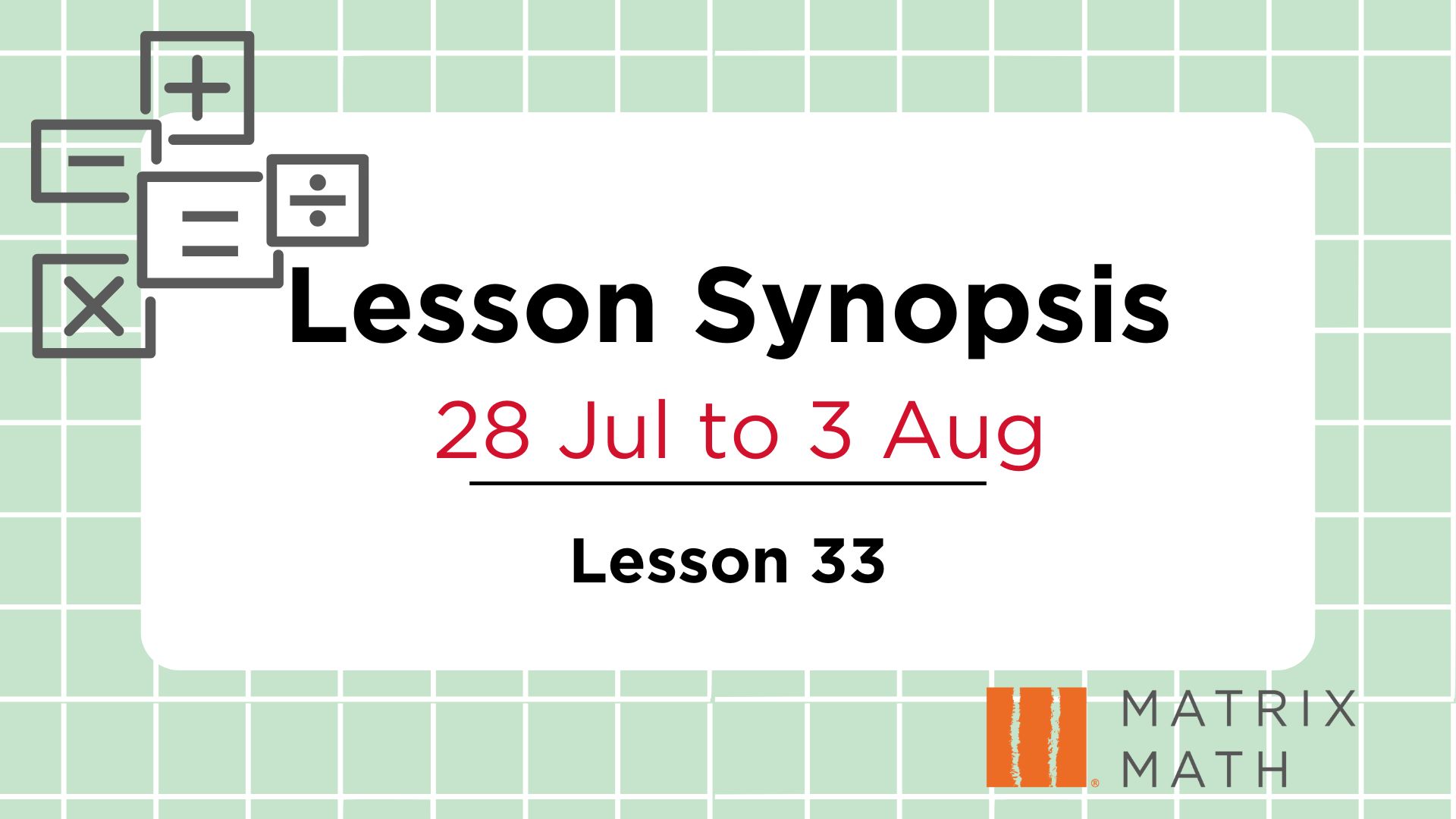
28 July 2025
At Matrix Math, we provide an engaging and detailed learning experience for your child. Matrix Math Tuition programme focuses on essential concepts that will further strengthen their mathematical foundation. The lesson synopsis gives parents a clear preview of the topics and problem-solving skills that will be covered in class. At Matrix Math, we ensure that each lesson is designed to build confidence and mastery in math, preparing students for success in both school and beyond.
In this lesson, we will revisit various problem-sum concepts to ensure students have a solid grasp of foundational topics.
We will concentrate on the following key areas:
We will continue our revision of previously taught concepts, with a particular emphasis on heuristics problem sums involving money. This revision will provide students with an opportunity to apply their understanding of money-related concepts in problem-solving scenarios.
The problem-solving concepts we will cover are :
We will continue with “Measurement 6“ to further enhance our understanding of measurement-related problem sums concepts.
During this lesson, we will focus on the following four concepts:
It is worth noting that “Transferring of Difference” is considered a higher-order concept.
This week, we will pause our focus on problem-solving exercises to explore the intriguing topics of Pie Charts and Patterns.
In our session on pie charts, we will develop skills in reading and analysing data depicted in this format, thereby enhancing our ability to interpret and draw insightful conclusions from visual data.
Additionally, we will introduce students to two commonly tested patterns: the grouping pattern and the common difference pattern.
This week, we will be focusing on the topic of Graphs. Students will learn to read and interpret both bar and line graphs and apply mathematical reasoning to solve real-world problems involving data.
Key concepts covered include:
Understanding how to compare values when exact numbers are not given, using relative lengths and proportions in graphs.
Using visual clues and given totals to deduce missing values or quantities represented in bar graphs.
Interpreting line graphs where each point represents a standalone value (e.g., monthly expenses or attendance figures).
Analysing graphs that show accumulation over time, such as volume of water or number of items produced.
Comparing and interpreting multiple graphs that may have different time or value intervals, a key skill in multi-graph comparison questions.
This week, we will continue with PSLE Revision Lesson 7.
This lesson will involve a systematic review and practice of essential topics, concepts, and problem-solving methods commonly tested in the PSLE. We aim to strengthen students’ understanding, problem-solving abilities, and confidence as they prepare for the upcoming examination.
Active participation and completing the assigned additional practice exercises are crucial for effective revision. These exercises are designed to align with the PSLE requirements, providing students with valuable exposure to the types of questions they may encounter and opportunities to apply their knowledge and skills effectively.